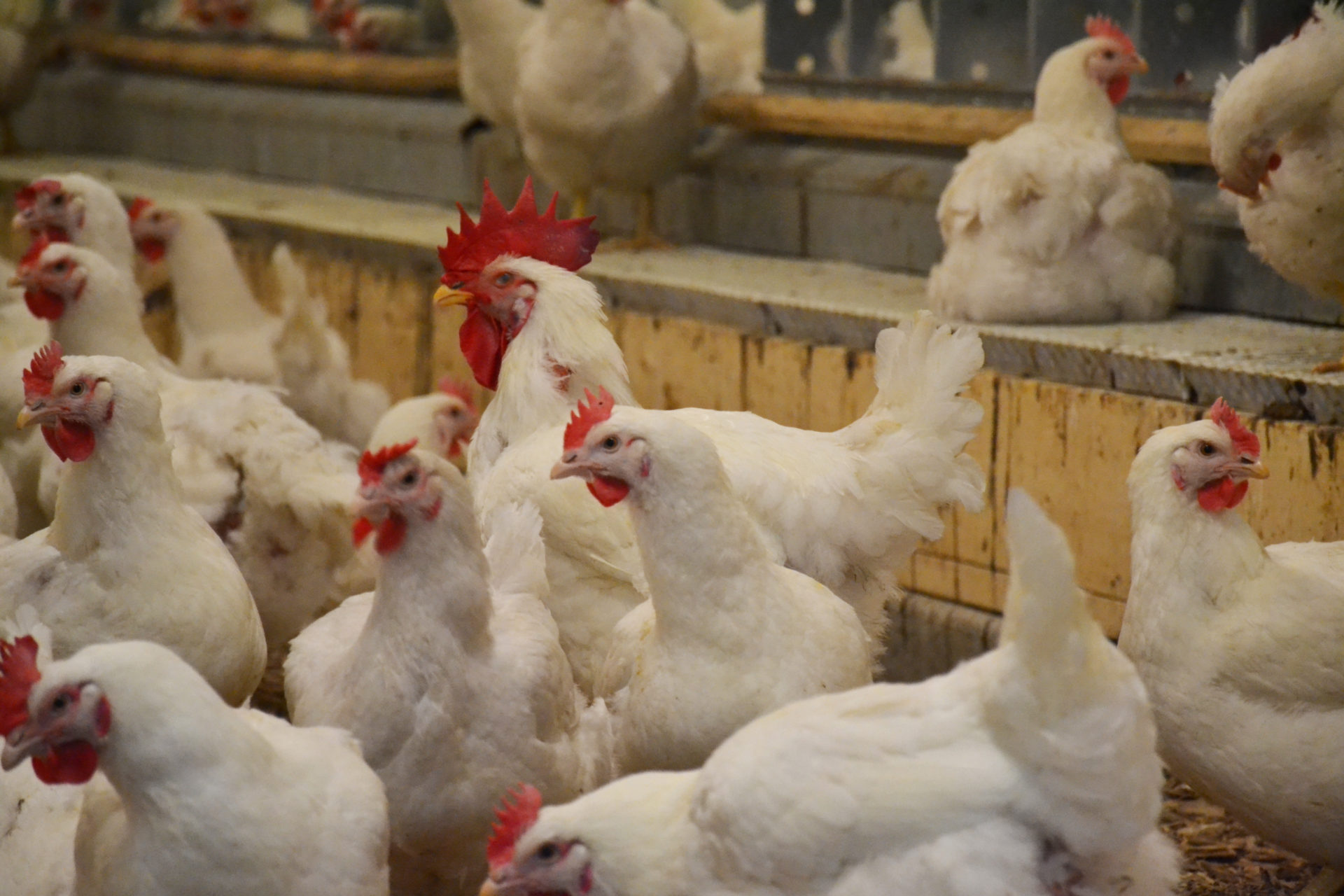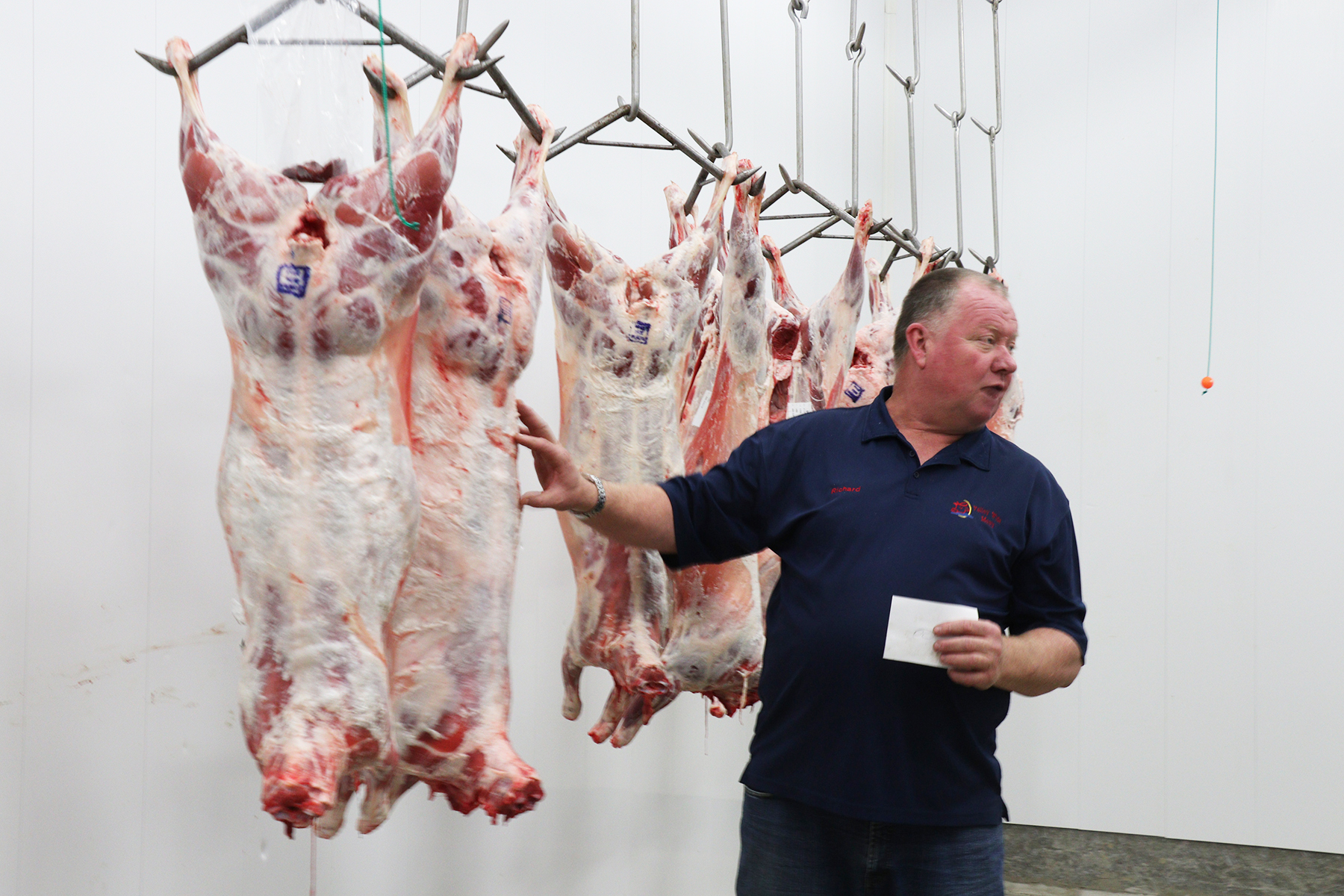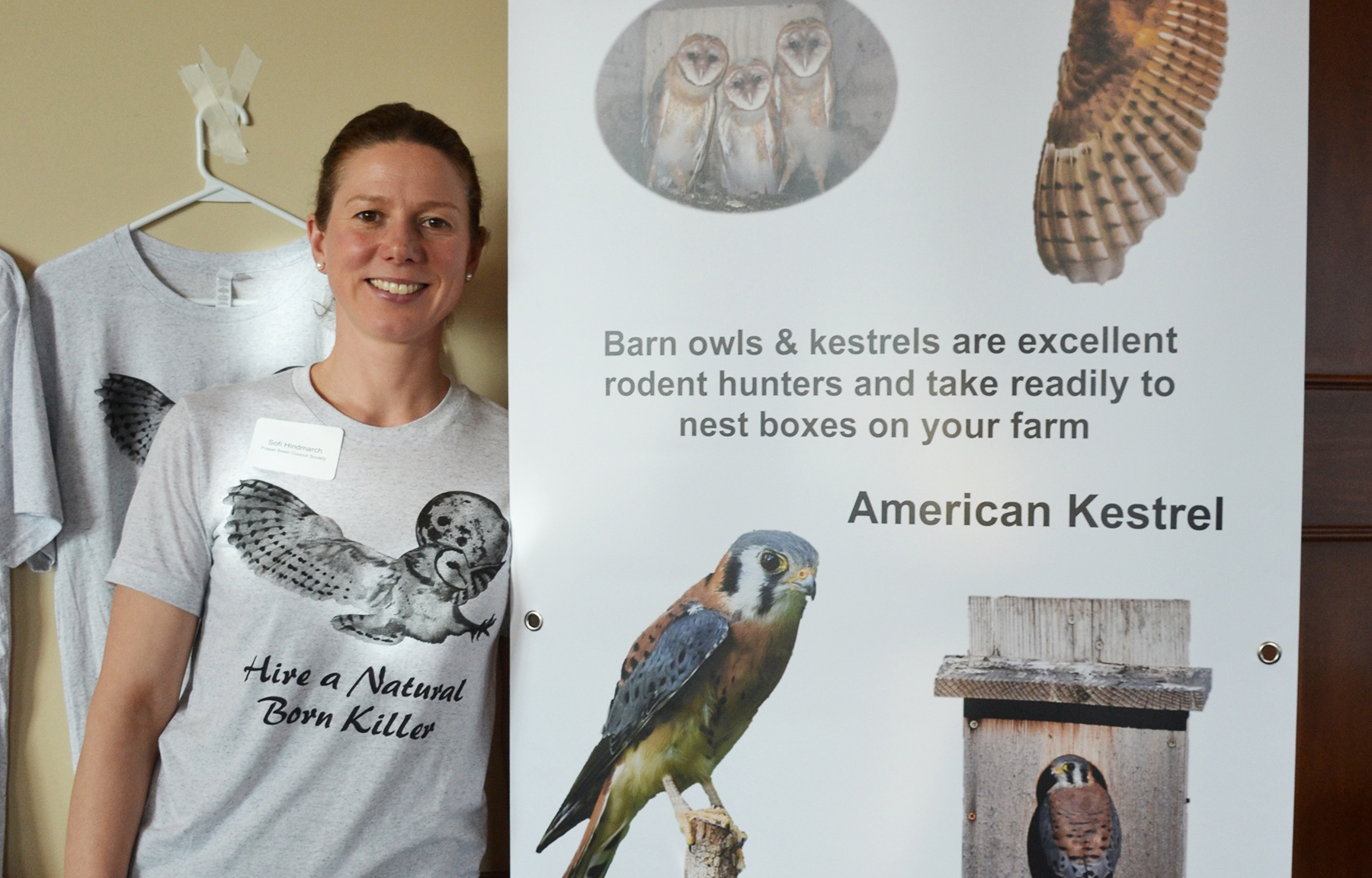ABBOTSFORD – Approximately 60,000 chickens roam Ray Nickel’s four-level barn in Abbotsford. The environment in the facility is computer-controlled, with air flow and temperature closely monitored to ensure the birds are comfortable and – more important – healthy. Close quarters mean that if one bird gets sick, all are vulnerable.
To further reduce the risk of disease and boost birds’ resistance, a regular dose of antibiotics is mixed into the feed as a preventive measure. Some consumers object to the practice and opt for birds raised without antibiotics (RWA), but the practice keeps mortalities in commercial flocks manageable. The average mortality rate in BC broiler flocks last year was 6.8% versus 7.8% for antibiotic-free flocks.
Growing concerns about antibiotic resistance were also prompting Health Canada to mandate tighter controls on drugs administered to flocks.
Poultry in Canada is free of drug residues at slaughter but growers took note of concerns and voluntarily began reducing antibiotic use in 2014. Preventative use of Category 1 antibiotics (those critical to protecting humans from diseases such as tuberculosis) ended in May 2014. The second phase is a ban on Category 2 antibiotics, such as penicillin, at the end of 2018. By the end of 2020, the preventative use of Category 3 antibiotics in poultry will be finished.
Steps by the poultry industry to reduce antibiotic use combined with new Health Canada regulations that come into effect December 1 governing over-the-counter medications for livestock are good news for socially conscious consumers but mean changes in how producers raise flocks.
“This is going to be a bit of a struggle,” says Nickel, a director of the BC Chicken Marketing Board. “We’ve become conditioned to using products to reduce the risk of having [bad] things happen. … [Now] the only time we will use those products is if the birds are actually going to get sick, and then we will use them for treatment purposes. It will require more due diligence by producers to monitor their flocks.”
Closer monitoring of birds isn’t the only thing Nickel and other farmers are going to be doing. They’re also going to be taking a leaf out of the RWA playbook and vaccinating flocks.
“Strategies around initial bird placement and how you start your flocks could be a factor,” says Nickel, who is already changing how he manages his flocks. “We know there are other things available to use besides some of the traditional medications, such as vaccine programs. … The wetter your litter is, the more opportunities there are for flock stress, so litter management is a big deal.”
Producers can’t do it alone, however.
“The feed companies are going to be playing a pretty integral part in this as well because of the way that they put their programs together,” says Nickel, noting that producers and nutritionists will have to work together to make sure birds are getting the feed they need to ensure proper gut health.
Mike Leslie, a nutritionist with Ritchie Smith Feeds Inc. in Abbotsford, expects feeds will be milled to match flocks.
“What we have to do now is pay more attention, make sure we’re delivering the right nutrition to the bird and not to the bugs,” he says. “You work with the producers to monitor how performance goes and adjust as needed.”
The preventative use of antibiotics usually targets clostridium bacteria, which can release toxins that cause necrotizing enteritis. Clostridium feeds off any excess nitrogen in the bird’s gut, meaning feed needs to be easily digestable so nutrients are fully taken up. Canola feed may be used less than other ingredients in the future, but ultimately it will depend on the circumstances of the particular flock.
“We’re looking at all sorts of gut health-type products to try to make things as smooth as possible … and reduce the likelihood of a disease,” says Leslie.
Many producers fear the potential for mortality rates to increase. Average mortalities for BC broilers rose when Category 1 antibiotics were withdrawn in 2014, although this was explained as a function of lower quota utilization. RWA flocks typically have higher average mortalities but Nickel points out that the past year has seen it occasionally drop below that of the industry as a whole.
Yet the industry as a whole consistently reports mortalities above the 5.4% target the Chicken Farmers of Canada’s animal care program specifies. Getting on target as the medicines on which producers have relied are phased out is going to take work.
“The management levels are going to be more intense,” says Nickel. “We have the highest standards on chicken in the world. Maintaining that is really important for producers. … This may end up costing more down the road, but I think that’s a fair trade-off.”


 Meat processing review fails to meet expectations
Meat processing review fails to meet expectations